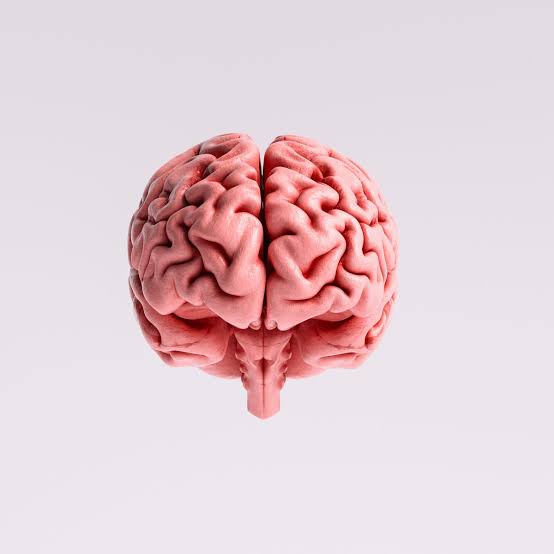History of IQ Test

Do you know how this IQ Test (Intelligent Quotient Test) started? Have you wondered how effective it is?
Paul Broca and Sir Francis Galton were among the first scientists to think about measuring intelligence. They thought they could determine intelligence by measuring the size of the human skull. They assumed that the larger the skull, the smarter the person.
Around the same time, scientist Wilhelm Wundt used introspection which is the human ability to reflect on their own thoughts, as the measure of intelligence. Nowadays, their methods and ideas are considered to be outmoded and are for sure no longer used for IQ tests, but they form a fundamental part of the history of the IQ test.
How did their hypotheses helped the test that we have today? What was the first real IQ Test?
The first modern intelligence test in IQ history was developed in 1904, by Alfred Binet and Theodore Simon. The French Ministry of Education asked these researchers to develop a test that would allow for distinguishing mentally retarded children from normally intelligent, but lazy children. The result was the Simon-Binet IQ test. This IQ test consists of several components such as logical reasoning, finding rhyming words and naming objects.
The score for the IQ test in combination with a child's age, provides information on the intellectual development of the child: is the child ahead of or lagging other children? The IQ was calculated as (mental age/chronological age) X 100. The test came to be a huge success, both in Europe and America.
Now, you know :)